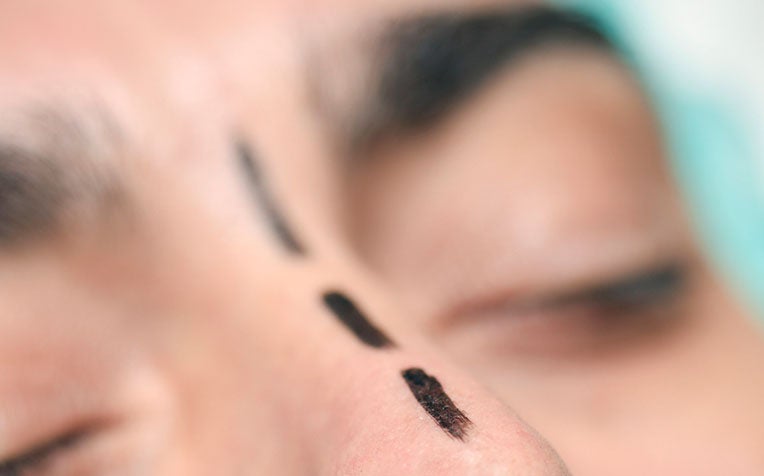HealthXchange will NEVER ask you to transfer money over a call. If in doubt, call the 24/7 ScamShield helpline at 1799, or visit the ScamShield website at www.scamshield.gov.sg.

Rhinoplasty is a procedure done to improve the facial anatomy and proportions of the nose.
What is reconstructive rhinoplasty and how is it different from aesthetic rhinoplasty?
Rhinoplasty commonly referred to as a “nose job” by patients is a surgical procedure done to improve the facial anatomy and proportions of your nose.
"In Asia, it is common to do surgery to improve the dorsum or nose bridge, and to modify the nasal tip or change the base of the nose – these would fall under aesthetic rhinoplasty. However, not all rhinoplasties are done for aesthetic purposes," says Dr Terence Goh, Consultant, Department of Plastic, Reconstructive & Aesthetic Surgery, Singapore General Hospital (SGH), a member of the SingHealth group.
The other reasons for performing a rhinoplasty include:
- Reconstructive rhinoplasty for cancer
- Cleft rhinoplasty
- Traumatic rhinoplasty
- Revision rhinoplasty after problems with an aesthetic rhinoplasty
"Whilst, the reasons for doing a rhinoplasty can be different, the understanding of the anatomy of the nose and surgical principles are similar. Plastic surgeons are trained first to understand the anatomy of the nose which leads to principles of reconstructive rhinoplasty and finally aesthetic rhinoplasty," Dr Goh adds.
Types of reconstructive rhinoplasty
Not all forms of rhinoplasty are done for cosmetic reasons.
In patients with structural defects causing difficulty in breathing, septorhinoplasty can be performed to improve breathing and straighten the nose.
Traumatic or reconstructive rhinoplasty is also done for patients who have sustained traumatic deviations to the nose or had the nose destroyed by cancer.
Cleft rhinoplasty is done for patients who were born with cleft lip and nose defects.
Revision rhinoplasty is done for patients who have problems after a rhinoplasty such as infection and extrusion of nasal implants or dissatisfaction with the results from the pre-existing rhinoplasty.
Read on to learn about the complexities of cleft rhinoplasty – a procedure to correct cleft lip and nose deformities.
Ref: N18
Contributed by
Related Articles
Conditions & Treatments
Public Events
Get the Health Buddy App
© 2025 SingHealth Group. All Rights Reserved.

















 Get it on Google Play
Get it on Google Play